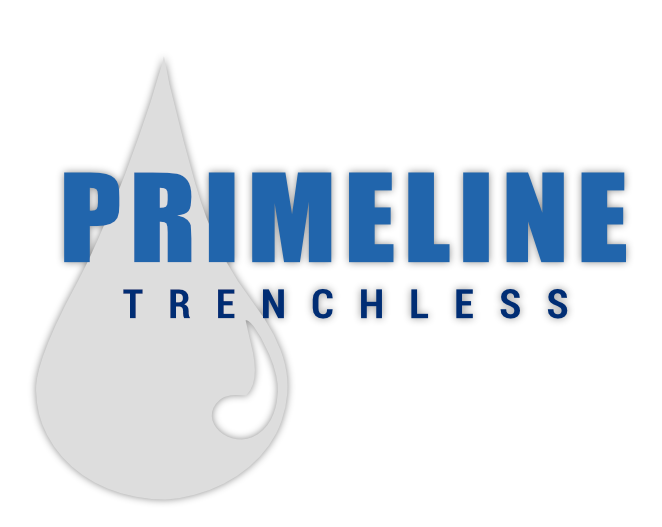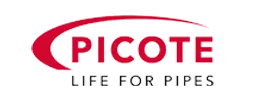Everything You Want to Know About Trenchless Pipe Repair
Home /

Trenchless pipeline rehabilitation is a method of repairing pipes and sewer lines without digging them up. It’s been used in the residential sector for 15 years, but many homeowners are not even aware that it is an option. In fact, according to a poll conducted by the customer review giant Angie’s List, 78% of homeowners had never heard of trenchless pipeline rehabilitation, but 73% said they would be interested in a method of pipe and sewer replacement that didn’t destroy their home’s foundation and yard in the process. The problem is, when the need arises for pipe replacement, it is usually an emergency situation that does not afford the homeowner the time to do extensive research on alternative pipe repair options.
If you are new to the concept of trenchless pipeline rehabilitation, you might have a lot of questions. To bring you up to speed, we put together a list of the most common questions we get regarding trenchless pipe repair.
What exactly is involved in the trenchless pipeline rehabilitation process?
Trenchless pipe repair is the process of filling a damaged pipe with a cured in place epoxy lining that hardens and reinforces the existing pipe, so that it is stronger than it was before it was even damaged. Since the pipe lining system only requires a hole to be dug at the entrance and exit of the damaged pipe, there is substantially less work involved, and damage incurred to the surface above the pipe in the repair process.
Is a cured in place pipe lining really as strong as a brand-new pipe?
The pipe relining process has been used for millions of miles of piping across the world, both in municipal and residential pipes. From this, evidence has been established that pipe lining systems are just as reliable as brand-new pipes.
How big of a hole has to be dug at the entrance and exit of the damaged pipe for trenchless pipe replacement?
The size of the access hole depends on the size of the pipe being rehabilitated, but is always significantly smaller than digging the entire pipe up. Also, the trenchless pipeline rehabilitation process can usually be initiated at any point in the pipe, so that the entrance and exit access holes can be strategically selected by what results in the least damage to the property.
Does the reduction in the diameter of the pipe impact the flow of water through it?
The cured in place pipe lining is only millimeters thick, so there’s very little impact to the diameter of the pipe. Additionally, the liner is smoother than the clay or concrete pipes, which actually improves the pipe’s water flow capacity.
Are pipes with an epoxy pipe lining safe for the environment?
The epoxy pipe lining smoothly reinforces the joints of the existing pipe, which is the area most prone to the leakage that hurts the environment. Since the structural integrity of the pipe is improved with the epoxy pipe lining, it is actually safer for the environment than unlined pipes.
Can any type of pipe be rehabilitated with a trenchless pipe repair solution?
If the pipe is damaged due to corrosion, cracks, breaks, or leaks, then in most cases, trenchless pipe repair is a good solution. The only instance where a trenchless pipe lining is not an adequate method of repair is when the damaged pipe is been crushed, so that it no longer has the round shape needed for the epoxy lining to adhere to.
What size pipe can be rehabilitated with trenchless pipe repair?
Almost any size of pipe can be fixed with the trenchless epoxy lining solution. Pipes as small as the standard plumbing installed in residential homes and as large as pipes that a grown adult can walk through are regularly repaired with the trenchless pipe lining method. Length-wise, in most cases, up to 1,500 feet of piping can be repaired with the trenchless solution.
Are you in need of pipe repair and are considering trenchless pipe rehabilitation instead of the traditional method that tears up your yard? We would love to help answer any other questions you have about it. Please feel free to add your questions in the comment section below or contact us for more information.
PRIMELINE?
Our friendly staff is ready to assist contractors and plumbers with all of their questions and concerns. Fill the form below to get started.








